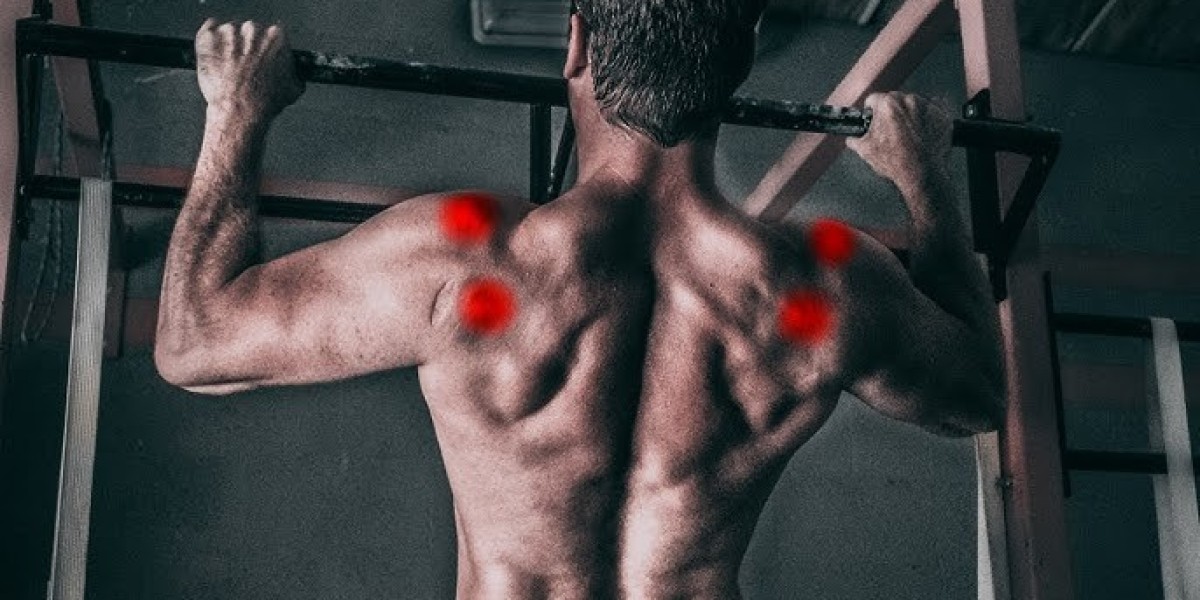Boxing injuries, especially to the shoulder, are more common than many realize. From sprains to rotator cuff tears, these injuries can halt a boxer’s progress both in training and in competition. But with the right strategies, recovery is possible, and performance can come back even stronger.
This article is designed for fighters, coaches, and sports rehab professionals who want expert-backed recovery techniques. Let’s walk through exactly how to heal faster and smarter with insights based on years of in-the-ring experience.
Why Trust This Guide?
As a team of boxing professionals and certified sports therapists, we’ve worked with amateur and pro fighters alike. This blog is written based on real-world application, proven rehab protocols, and consultations with certified physiotherapists specializing in combat sports injuries.
Why Shoulder Injuries Are So Common in Boxing
The shoulder joint is incredibly mobile but that also makes it vulnerable. Boxers are especially prone to shoulder issues due to the repetitive motion of punches, particularly jabs, hooks, and overhand strikes.
Common Injuries
Rotator cuff strain or tear
Labral tears
Shoulder impingement syndrome
Biceps tendonitis
Dislocations
Shoulder injuries don't just affect performance; they can lead to long-term chronic conditions if not treated promptly and effectively.
Step-by-Step Shoulder Injury Recovery Process
Here’s a structured recovery timeline:
Phase 1: Immediate Rest and Protection
During the first 48 to 72 hours after injury, focus on controlling inflammation and protecting the joint. Ice therapy is crucial and should be applied 15 to 20 minutes every three hours. Immobilize the shoulder if there's instability. Avoid all movements that cause pain.
Pain relief measures may also include NSAIDs (non-steroidal anti-inflammatory drugs), but these should only be taken under medical supervision. It's important to rest without becoming completely immobile.
Phase 2: Rehab-Focused Mobility Work
Once acute pain reduces, it's time to begin regaining range of motion. Start with passive movements and gradually work into active-assisted ROM exercises. These may include:
Wall slides
Pendulum swings
Tabletop stretches
Assisted shoulder abduction and flexion drills
Always perform these under the guidance of a physiotherapist to ensure you’re not risking further damage.
Phase 3: Progressive Strength Training
Strengthening begins once full pain-free range of motion is achieved. The goal here is to stabilize the joint by activating and strengthening the supporting musculature.
Use light resistance bands or light dumbbells to build:
External rotators (Infraspinatus, Teres minor)
Lower traps and rhomboids for scapular support
Rear deltoid and rotator cuff endurance
Focus on proper form and gradual progression. High-rep, low-load exercises are ideal at this stage to build endurance and joint control.
Phase 4: Return-to-Boxing Protocol
As strength improves and pain subsides, you can begin incorporating boxing-specific movements. This phase includes:
Controlled shadowboxing
Light bag work with low force output
Technical drills with modified intensity
Sparring and full-contact work should only resume once cleared by a medical professional and all functional testing metrics (strength, endurance, mobility) are met.
Enhancing Performance After Recovery
Once your injury is healed, don’t stop there. Incorporate performance-focused strategies to reduce the risk of reinjury and increase power output.
Strengthen These Areas
Rotator cuff with resistance bands
Scapular stabilizers through rows and isometrics
Core rotation for improved punch mechanics
Shoulder mobility using overhead carries
These methods not only support recovery but also elevate punching power and shoulder resilience. Boxers who dedicate time to post-rehab performance often return better than before.
You can find more in-depth techniques in our dedicated guide: Boxing Shoulder Injury Recovery and Performance
Preventing Shoulder Injuries in the Future
Here's what we recommend for all boxers:
Daily Preventive Habits
Warm up shoulders with resistance bands and dynamic movements
Include 2 to 3 rotator cuff exercises post-training
Avoid overtraining; recovery days are essential
Work with a qualified coach to refine punch mechanics
Consistent posture and scapular stability drills can also prevent muscular imbalances that often lead to shoulder injuries.
Strength & Conditioning Tips for Boxers
Integrate functional shoulder exercises like:
Dumbbell shoulder presses (light weight)
Kettlebell arm bars
Cable face pulls
Isometric holds for scapular control
These improve joint integrity and support overall boxing performance.
Long-Term Strategy What Coaches and Athletes Must Know
Educating athletes on the importance of structured rest and quality movement patterns is crucial. Many shoulder injuries result from poor technique and muscle fatigue.
Pro Insight:
“Most boxing shoulder injuries happen because athletes train tired. Fatigue changes mechanics, and that’s when the rotator cuff gives out.” Dr. Julia Kim, DPT, sports physiotherapist
Fighters must also pay attention to asymmetries. If one shoulder is dominant or stiff, it increases injury risk. Regular assessments and corrective training should be built into any fighter’s plan.
Nutritional Support for Recovery
Don’t underestimate the role of nutrition. Protein intake, omega-3 fatty acids, and anti-inflammatory foods can significantly accelerate tissue healing.
Recommended nutrients for joint repair:
Vitamin C for collagen synthesis
Magnesium and zinc for cellular repair
Gelatin or collagen supplements for ligament and tendon recovery
Staying hydrated also supports joint lubrication and reduces cramping during recovery training.
Seeking Professional Help
If you're dealing with a nagging shoulder injury or want to prevent one, professional assessment is key. Whether you're an amateur or a pro, structured guidance ensures long-term success and career longevity.
Contact our rehab team or training experts today: Contact Us
Our experts can assist with training modifications, individualized rehab programming, and even remote coaching if you're training abroad.
Conclusion
In boxing, power matters but so does longevity. Shoulder injuries can set you back months, but with smart rehab and ongoing performance work, you can return stronger, faster, and safer.
Consistency and smart decisions outside the ring matter as much as your discipline inside it. Don’t let an injury define your career. Let recovery and performance define your comeback. Visit boxing essential to explore more.







